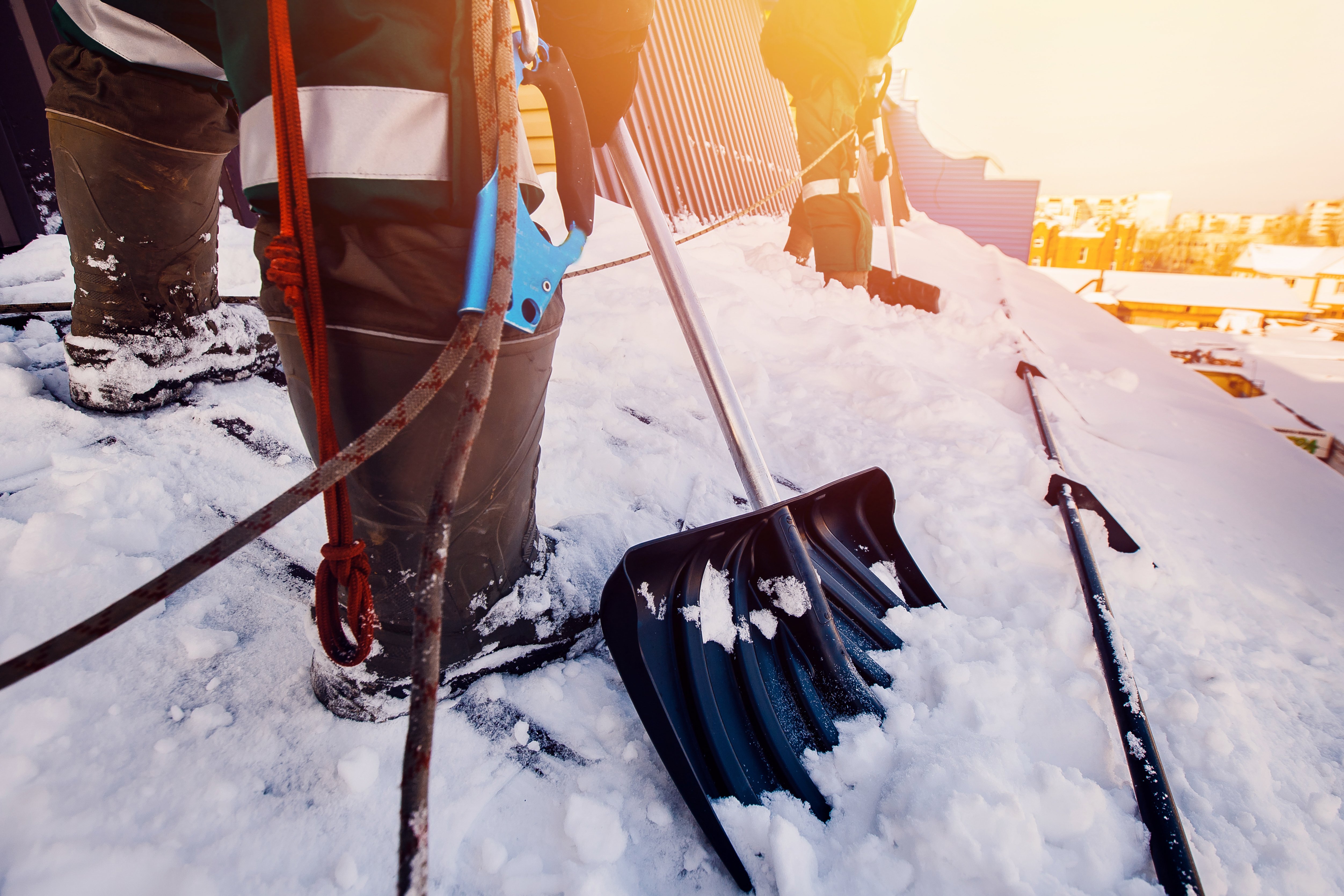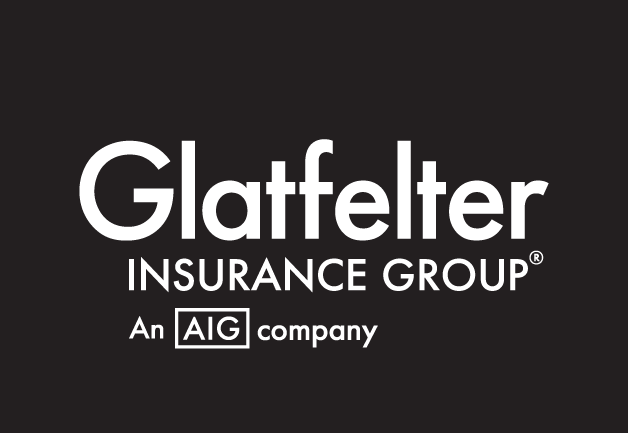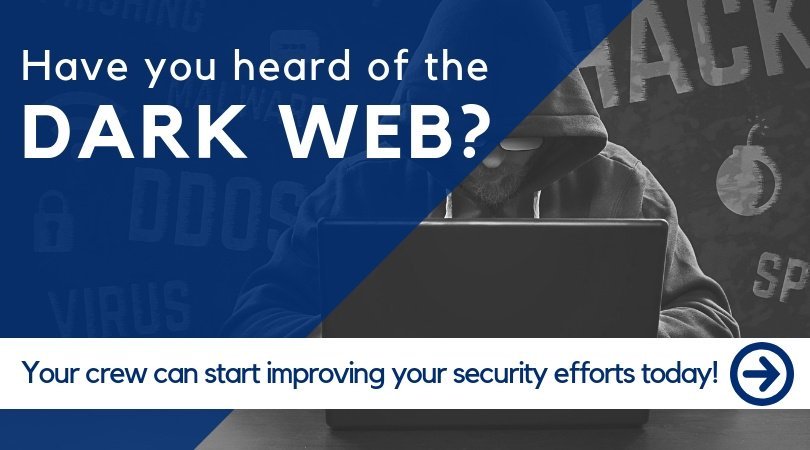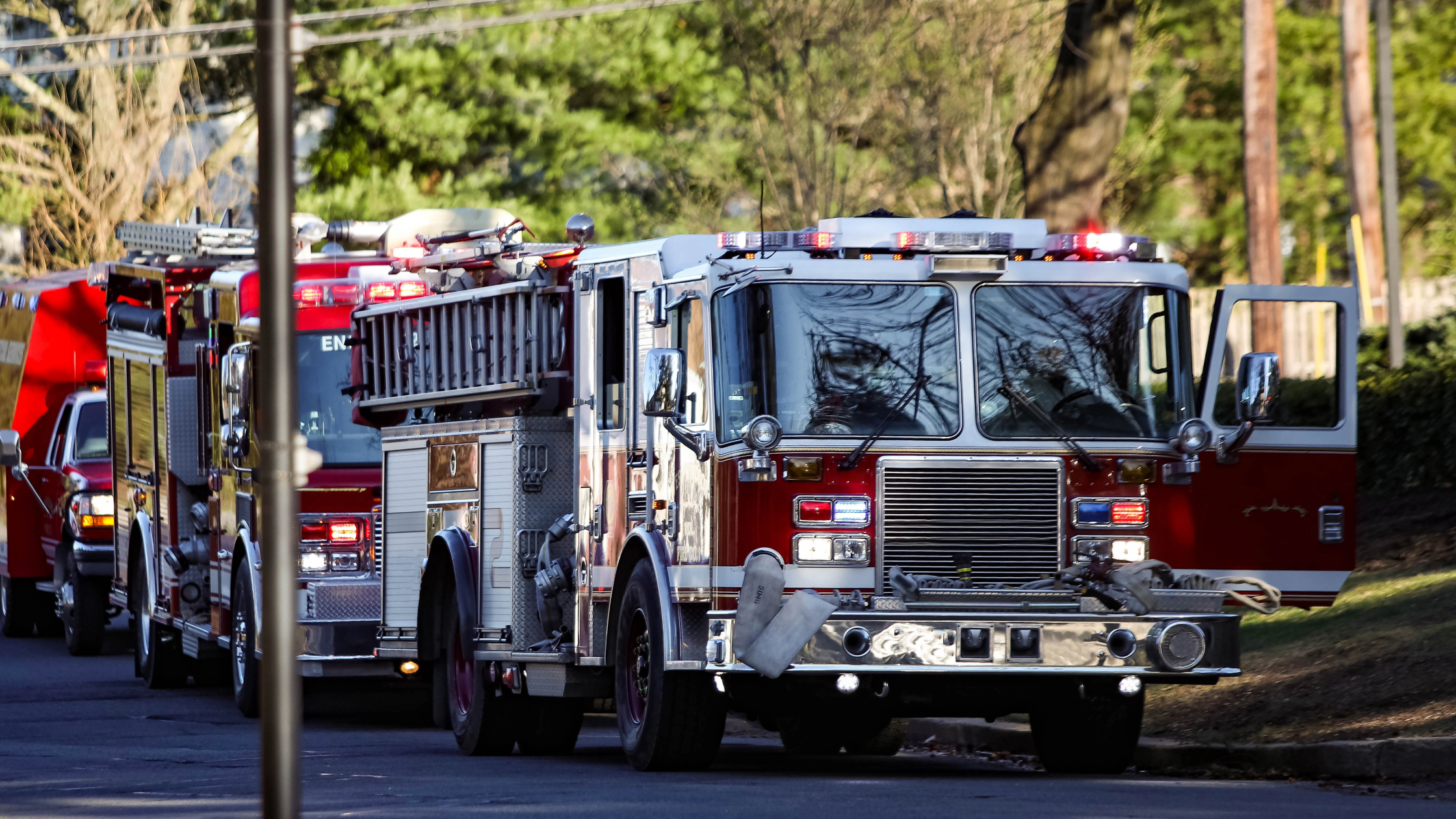Preventative maintenance: 8 tasks to prep your building for winter storms
$3.5 billion in 2015. $1 billion in 2016. Whether it's a 'good' or 'bad' winter in the U.S. — frigid temperatures, snow and ice typically cause billions in insured losses each year.
The financial burden of winter weather is just the tip of the iceberg for firefighters and EMTs. Not only do these storms present work-related challenges, but winter hazards have the potential to devastate a fire station or ambulance center, exposing your equipment and apparatus to damages, leaving your team without a home-base and putting your members' safety at risk.
If a winter storm completely impairs your operations, who will answer your calls?
First responders prioritize the well-being of their communities. But forgetting to also prioritize your organization's safety could have an overwhelming ripple effect. Weather systems are out of your control, but you can prepare now.
As a part of your crew's risk management strategy, develop a Severe Weather Action Plan for every possible weather system that may impact your area and create a plan for seasonal maintenance, including a self-inspection of your building and grounds. These plans should create accountability and order by incorporating tools like written procedures, checklists and guidelines that address a wide variety of processes, from staffing solutions to facility preparation.
We get it. Chores aren't fun.
Spending the weekend volunteering with your fire department to clean leaves out of the gutter, cut-back overgrown plants and change batteries might not be a dream-come-true. But in the middle of a snow storm, the last thing you're going to want to worry about is a snow-covered branch landing on your roof.
Winter is coming. Be proactive. Talk snow.

Here are 8 areas for emergency service teams to evaluate before winter arrives:
1. Roof + draining systems
Evaluate your roof for signs of damage: inside and out. Internally, red flags include stains, mold or visible leaks on the ceiling. Externally, check if any portion of the roof looks physically damaged, sags downward or if shingles seem to be cracked or missing. If you detect a problem, it's important to contact a professional as soon as possible. Ignoring what may be a small issue now could turn into a serious problem later.
Your roof isn't the only thing responsible for deterring leaks. Remove debris, like leaves, from the gutters so that snow and rain can drain efficiently rather than seeping into your facility. Also check that downspouts aim water away from the foundation.
2. Sidewalks + roadways
Cracks and potholes allow space for water to accumulate, freeze and refreeze — presenting serious slip, trip and fall risks.These issues should be fixed ASAP because they can get worse throughout the winter.
3. Walls + windows
Cracks in exterior walls and windows also leave room for water to freeze and refreeze. And a small crack can expand throughout the winter posing both safety and efficiency threats.
4. Landscape
Heavy snow and winds can turn the trees and plants into major hazards for your property. Make sure your vegetation is trimmed or removed, and away from power lines and buildings.
5. Floors + entrance ways
Snowy boots can create a wet and slippery floor. Install proper mats in all of the appropriate areas of your building to help keep floors dry and reduce your slip and fall risks.
6. Carbon monoxide + smoke detectors
There is an increased risk of carbon monoxide (CO) poisoning during colder months. Double check that your exhaust vents are open during heavy snowfall events and change the batteries in your carbon monoxide detectors. While you're at it, also inspect your fire detector and fire extinguishers.
(We get it, emergency responders know this is important. But if there isn't a standard protocol — and, if it's not someone's designated responsibility — are you sure it's being done?)
7. HVAC + heating system
When was the last time you changed your HVAC filter? At minimum, it's recommended to change it every three months. Your station should also have your system and vents cleaned and inspected by a professional.
As you know, it's important to keep anything that can burn at least three feet away from heating equipment like space heaters. So even after a hectic call, remind your crew to put their portable equipment in the proper location.
8. Snow removal plans
Develop a plan to remove snow, sleet and ice in a timely manner. Don't forget to include details on how you plan to remove snow from roof if it's excessive and unsafe.
Note where the snow should be placed, so it's out of the way of your team, pedestrians and drivers. Also consider where the snow will melt as that can present a new hazard.
It can be easy to overlook the impact of winter weather on your facility, especially if you live in an area where snow never seems to melt. We often talk about driving safety for winter weather, or the importance of shoveling out fire hydrants, but there are a few things we all can do to make sure we're best prepared.
DISCLAIMER
The information contained in this blog post is intended for educational purposes only and is not intended to replace expert advice in connection with the topics presented. Glatfelter specifically disclaims any liability for any act or omission by any person or entity in connection with the preparation, use or implementation of plans, principles, concepts or information contained in this publication.
Glatfelter does not make any representation or warranty, expressed or implied, with respect to the results obtained by the use, adherence or implementation of the material contained in this publication. The implementation of the plans, principles, concepts or materials contained in this publication is not a guarantee that you will achieve a certain desired result. It is strongly recommended that you consult with a professional advisor, architect or other expert prior to the implementation of plans, principles, concepts or materials contained in this publication.
This blog post may contain the content of third parties and links to third party websites. Third party content and websites are owned and operated by an independent party over which Glatfelter has no control. Glatfelter makes no representation, warranty, or guarantee as to the accuracy, completeness, timeliness or reliability of any third party content. References to third party services, processes, products, or other information does not constitute or imply any endorsement, sponsorship or recommendation by Glatfelter, unless expressly stated otherwise.
Related posts
We asked 10 members of our VFIS Team to name one auto-related risk that they believe is underdiscussed in fire and EMS agencies. Here’s what they said.
Most volunteer fire departments rely heavily on POVs, but there are inherent risks you should know.
Establish a Emergency Vehicle Operations Program that includes driver/operator requirements to help ensure your vehicles are in the right hands.




.png?height=300&name=Glatfelter%20Team%20-%20Blog%20-%20Author%20(1).png)




Submit a Comment